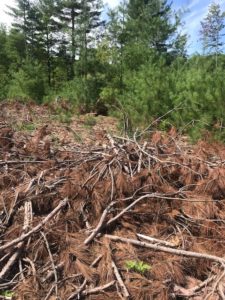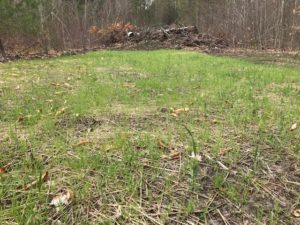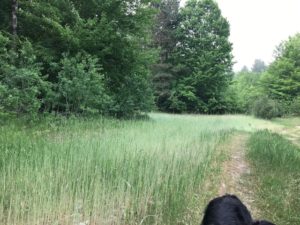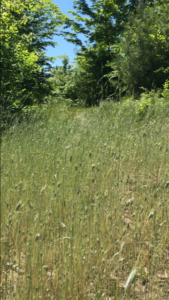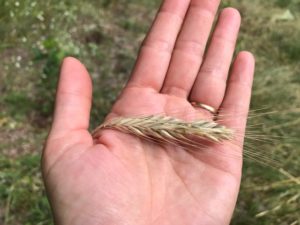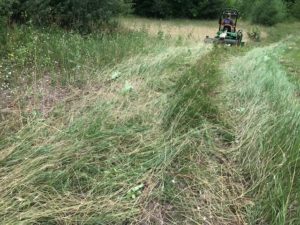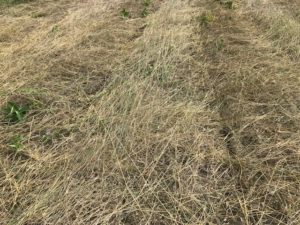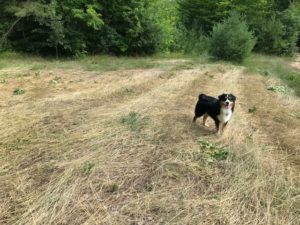Affiliate links to Amazon below, I do make some financial gain from those. Thanks for your support.
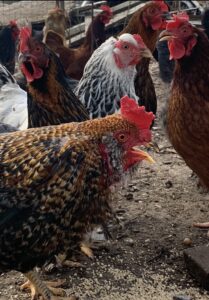
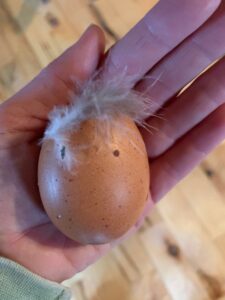
I thought I’d talk a little about the subject of waste steams here on the blog. Waste is something we all have. Toilet paper tubes, boxes, packaging, and so on. We can also waste things like water, electric, food, and even time. We can close the gap in waste streams by being creative and by avoiding bringing things home to begin with. One way I do this is by using boxes to make new gardening beds, toilet paper tubes to start seeds, etc.. You know this drill, it’s been talked about a lot for years. One of the things I want to talk about today is egg shells. Not just saving them to give them back to your chickens or composting them but using them for your own calcium intake. Yes, you read right. You can bake or boil, grind and consume the egg shell yourself for your own nutrition.
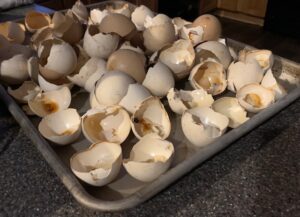
First let’s talk about what is in an egg shell?
The shell itself contains many minerals like calcium, magnesium, sodium, copper, iron, manganese, zinc, amino acids and so on. I will post a few links below for you to read about this yourself. One of the things we often don’t pay attention to is the membrane of the egg. It contains some important nutrition as well. Things like collagen, glucosamine, chondroitin, and again amino acids. All of these you see on store shelves and we as homesteaders have access to without ever leaving the homestead or paying money to companies we often don’t support. This is closing the waste stream loop AND rewilding. The WHOLE egg is literally a nutritional supplement, it grows and sustains a whole life without any input! A baby chick! As the old commercial from years ago stated , “the incredible, edible egg.” It really is incredible. I often eat 4 to 6 a day.
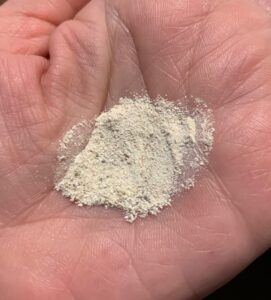
I am going to post a few notes below with studies done on egg shells and membranes specifically. I will not cover the egg itself because this is about waste streams. One important things to consider is bioavailability of the nutrition we consume. Animal based products are some of the most well absorbed nutrition on the planet for humans. Eggs should be a huge part of anyones diet, especially if you are a vegetarian or low animal consumption (for any reason). For those with allergies you may want to consider the feed the animal is getting or even trying a different egg type (often soy, corn, or wheat can cause issues for some). In our family we have a couple folks who can’t eat chicken eggs but do tolerate duck eggs (this is more due to different protein and enzymes).
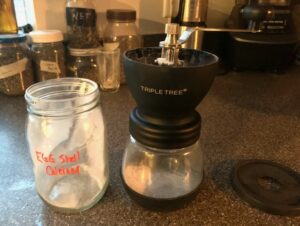 Notes on safe consumption:
Notes on safe consumption:
I save the shells in the freezer until I have enough to do a bigger batch. It works best if you can keep the eggs from stacking inside each other. I bake mine in the oven at 225F for 20 minutes in a single layer (to kill salmonella you need to cook at 150F for 12 minutes according to this) . I then grind them in my Ninja and run them through my coffee grinder. The finer the powder the better you will absorb the vitamins and minerals. I then put them in a jelly jar and keep them in the fridge or freezer. I add them to smoothies, which for me usually contains raw eggs (do so at your own risk, not saying its safe).
How much to take?
We are supposed to get anywhere from 1,000 to 1,300 mg a day to ward off deficiency. The RDA however is the minimum to avoid major issues. Most of the world is deficient in many vitamins due to our modern diets and low stomach acid (caused also by diet, medications, etc). So depending on your diet and need you may want to consume more, and possibly take in some digestive enzymes or apple cider vinegar to create an environment that helps you absorb. One thing to remember is, calcium is absorbed and put into the bones best if you have optimal vitamin D, K, A, and other mineral levels. Guess what contains those things? The EGG! And if your birds are getting quality forage, bugs, grains, and sunshine you have a beautiful nutritionally dense food source wrapped up on a tidy portable and somewhat storable package! Its a beautiful thing isn’t it?!
Folks, those eggs aren’t just for the birds and the worms! They are for us too! So save those shells and membranes, bake them and eat them! Your skin, your bones, your body and your wallet will love you for it!!
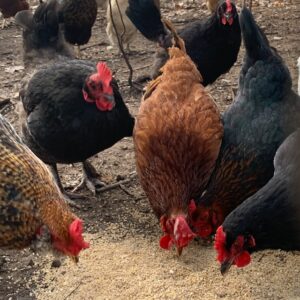
Links:
Egg Shell Membrane Amino Acid Analysis
Egg Shell Membrane on Hair, Skin, Nails
Egg Shell to Improve Dietary Calcium
Egg Shell Powder in cakes
Benefits and Risks of Eating
How to Make Calcium Supplement
Calcium Bioavailability (I added this despite it not talking about egg shell or membrane because it does show Calcium Carbonate’s bioavailability.
Time-Temperature Effects on Salmonella
Eggs and K2
Egg Nutrition
Amazon Links:
Hand Coffee Grinder: https://amzn.to/4ak7ghC
I speculate you can make the egg shell more bioavailable by soaking egg shell powder in apple cider vinegar and then if you consume vitamin C foods like rose hips or citrus peels into the diet. These contain natural vitamin C or Citric Acid (not all forms of this are the same). But this is my non-scientific speculation. ideally we work on proper stomach PH.

